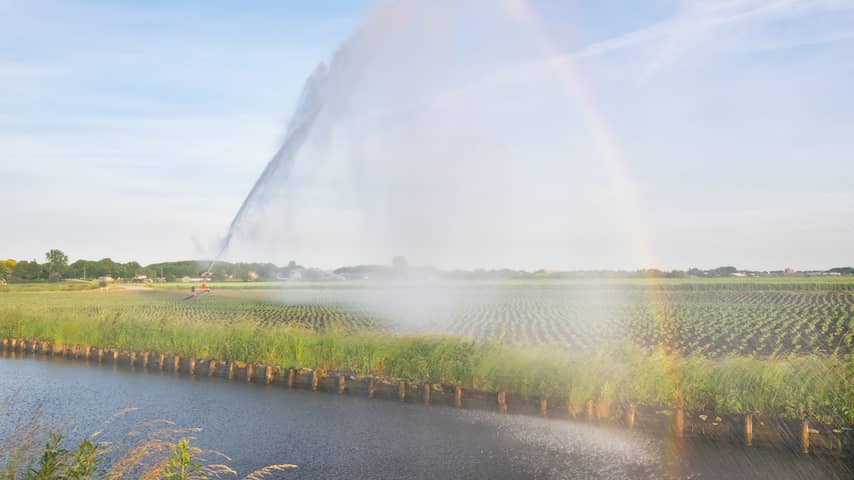
After a few weeks with more rainfall, little rain is expected for the time being. The problems are not yet major, but the consequences of the drought will increase in the coming weeks.
The next two weeks are expected to pass without significant rainfall. Due to the high temperatures, the precipitation deficit continues to increase. That is the difference between the amount of water that evaporates and the rainfall that occurs.
Currently, the national precipitation deficit averages 129 millimeters. It is expected that this will be 182 millimeters in two weeks. This brings the precipitation deficit close to that of the record year 1976.
The precipitation deficit is calculated between April 1 and September 30. So there is still some time to go, but it makes it clear that it is already quite dry.
To make another comparison: the precipitation deficit is already above that of 2018, the year in which the Netherlands faced enormous drought.
Farmers and nature are particularly affected by drought
Rijkswaterstaat does not yet foresee major problems due to the increasing drought, but says it is alert. Because the top layer of the soil will become very dry in the coming weeks, farmers, nature and recreation will be particularly affected.
The water level in the IJsselmeer and Markermeer has been increased by a few centimeters. These lakes are also called the national rain barrel. Various water boards can extract water from there to continue to meet demand.
In various regions, water boards have imposed extraction bans. This mainly affects farmers. In the Southwest Netherlands, for example, farmers are not allowed to irrigate their grass with groundwater in certain places.
Also, in that part of the country, some streams and ditches fall dry and locks are opened less often. In Gelderland, the situation can “turn around quickly” with high temperatures and no rainfall. “Water managers are keeping a close eye on things,” reports Rijkswaterstaat.